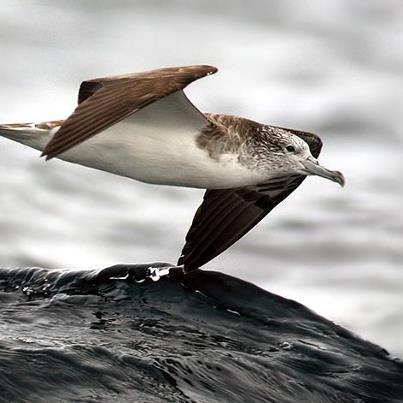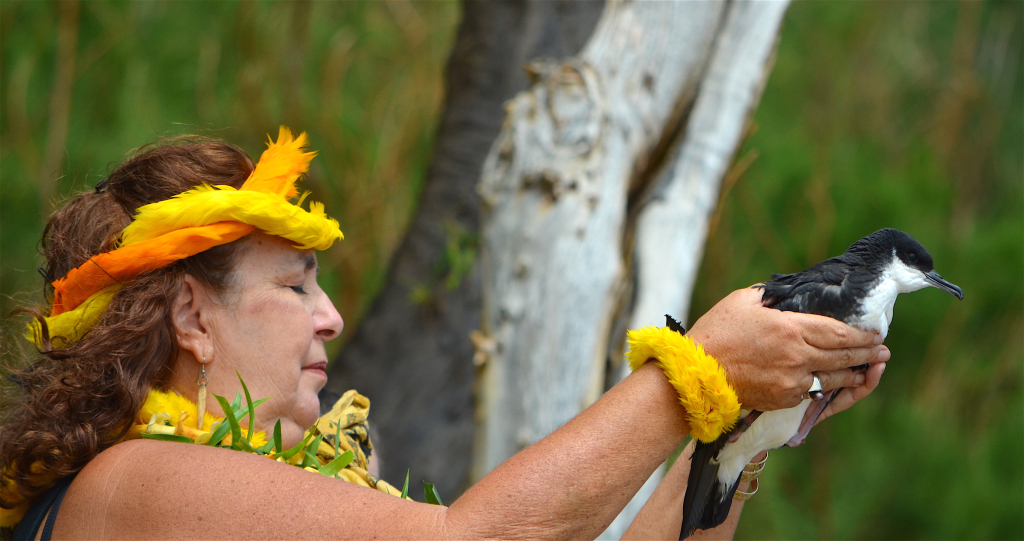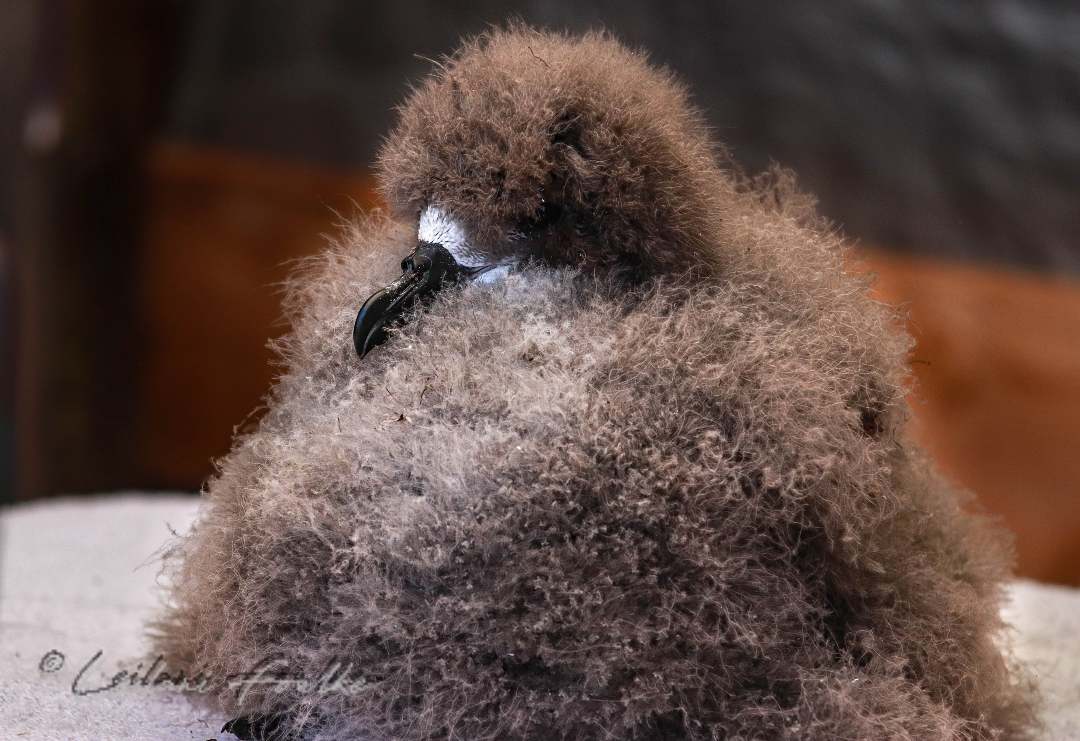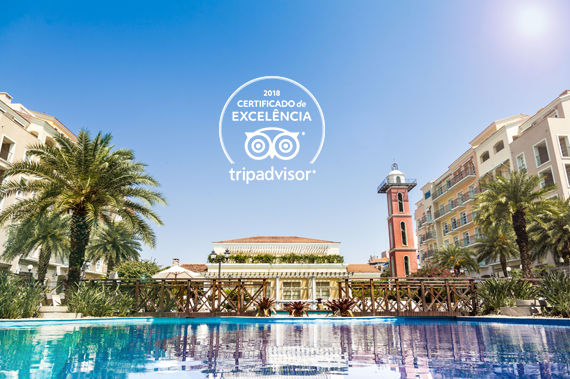Robert Flood and Peter Ryan (FitzPatrick Institute of African Ornithology, University of Cape Town, Rondebosch, South Africa) have published online in the open-access journal Marine Ornithology on primary wing moult of Shy Thalassarche cauta and White-capped T. steadi Albatrosses.
The paper’s abstract follows:
“A provisional schedule is given for the age-related timing of primary moult in White-capped Albatross Thalassarche [c.] steadi based on an analysis of primary moult in 575 Shy Albatross T. [c.] cauta/steadi caught as bycatch on longlines off South Africa (mostly White-capped Albatross). Our analysis draws upon basic principles for age-related moult timing established in studies of other mollymawks. The principles involve combined assessment of an alternate-year primary moult schedule, maturation of plumage aspect, and maturation of bill colour and pattern. There is good evidence that adult/definitive prebasic moult of White-capped Albatross occurs mainly in August-October, which is between breeding seasons, and continues into the austral summer. After a successful breeding attempt, most White-capped Albatrosses skip the following breeding season and may be less constrained in the timing of moult relative to breeding. The third and fourth prebasic moults occur December-June, considerably earlier than the definitive prebasic moult; the fifth prebasic moult appears to occur April-September, closer in timing to the definitive prebasic moult. Observations from 10 Shy Albatross T. [c.] cauta provide some evidence that they moult slightly earlier than White-capped Albatross, which is consistent with their earlier breeding period.”
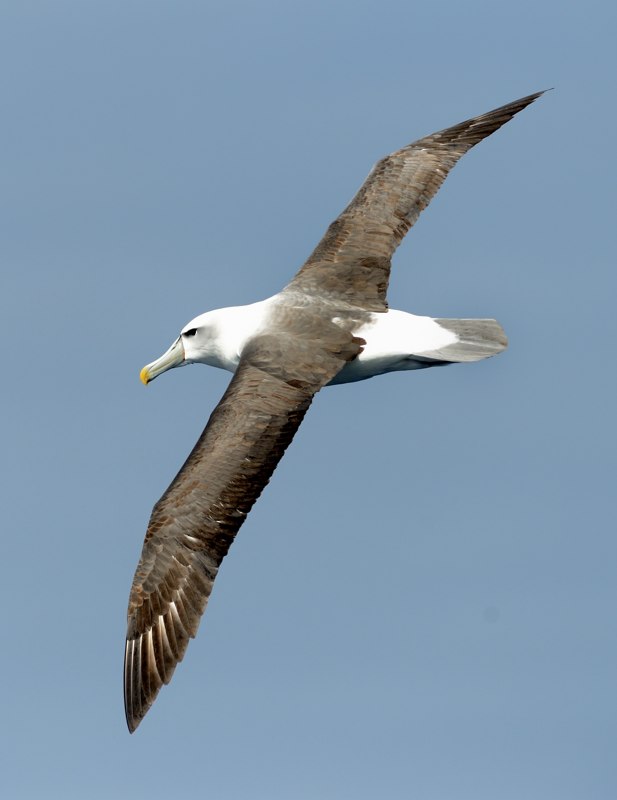
Shy Albatross off Amsterdam Island, photograph by Kirk Zufelt
Reference:
Flood, R.L. & Ryan, P.G. 2018. Age-related timing of primary moult in Shy Albatross Thalassarche [c.] cauta/steadi longline casualties from South Africa. Marine Ornithology 46: 197-202.
John Cooper, ACAP Information Officer, 01 November 2018

 English
English  Français
Français  Español
Español 